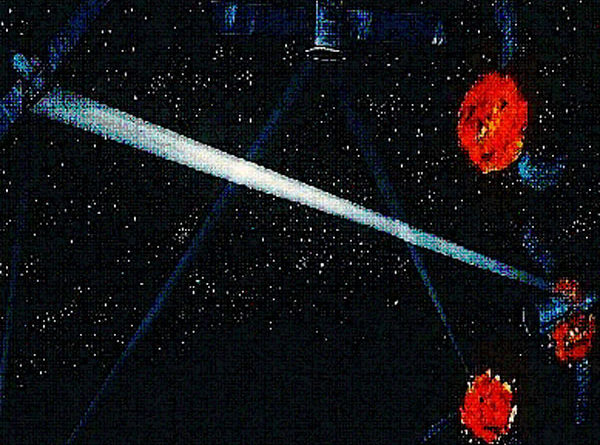War in Space – 2021
Bethesda MD (SPX) Feb 26, 2021
Military organizations rely on many of these satellites in support of modern warfare. The three main contenders in space are the US, China and Russia. It is entirely possible that the ongoing power struggle may ignite a conflict that could cripple the entire space-based infrastructure while reducing the capabilities of warfighter organizations.A new arms race is unfolding among spacefaring nations. Space experts have been telling us about contested space for the last several years. The number of active satellites is exploding from about 1,000 a few years ago to an expected 50,000+ within 10 years. The sky is indeed getting very congested. These satellites provide worldwide communications, GPS navigation, weather forecasting and planetary surveillance.
There are several ways to disable, destroy or reduce effectiveness of satellites. One obvious way is to attack them with anti-satellite devices. Another is to simply approach a satellite and spray paint over its optics. Other ways include manually snapping off communications antennas and destabilizing attitude control functions. Lasers can temporarily or permanently disable satellite components. Ground station interference using radio or microwave emissions can jam or hijack transmissions to or from ground controllers.
The concept of war in space is not new. For example, in the 1950s the Soviet threatened to place nuclear weapons in orbit, capable of being launched toward Earth-bound targets. As a result the US began testing anti-satellite weaponry. Fortunately, orbiting weapons of mass destruction were banned through the UN Outer Space Treaty of 1967. Consequently, space-based surveillance became a major component of the Cold War that served as an early-warning system for the deployment or launch of ground-based nuclear weapons.
Throughout most of the Cold War, the U.S.S.R. developed and tested “space mines” which could self-detonate in order to destroy U.S. spy satellites. The militarization of space issue peaked again when President Reagan initiated the Strategic Defense Initiative to develop orbital countermeasures against Soviet ballistic missiles. In 1985, the USAF staged a demonstration when an F-15 fighter jet launched a missile that took out a failing U.S. satellite in low orbit.
Today, the situation is much more complicated. Low- and high-Earth orbits have become hotbeds of scientific and commercial activity, filled with thousands of satellites from about 60 different nations. Despite their largely peaceful purposes each satellite is at risk because a few military space powers insist on continued development and test of new space weapons. There is a growing chance that crewed military outposts will enter the space arena sometime soon.
Courtesy: SpaceWar

